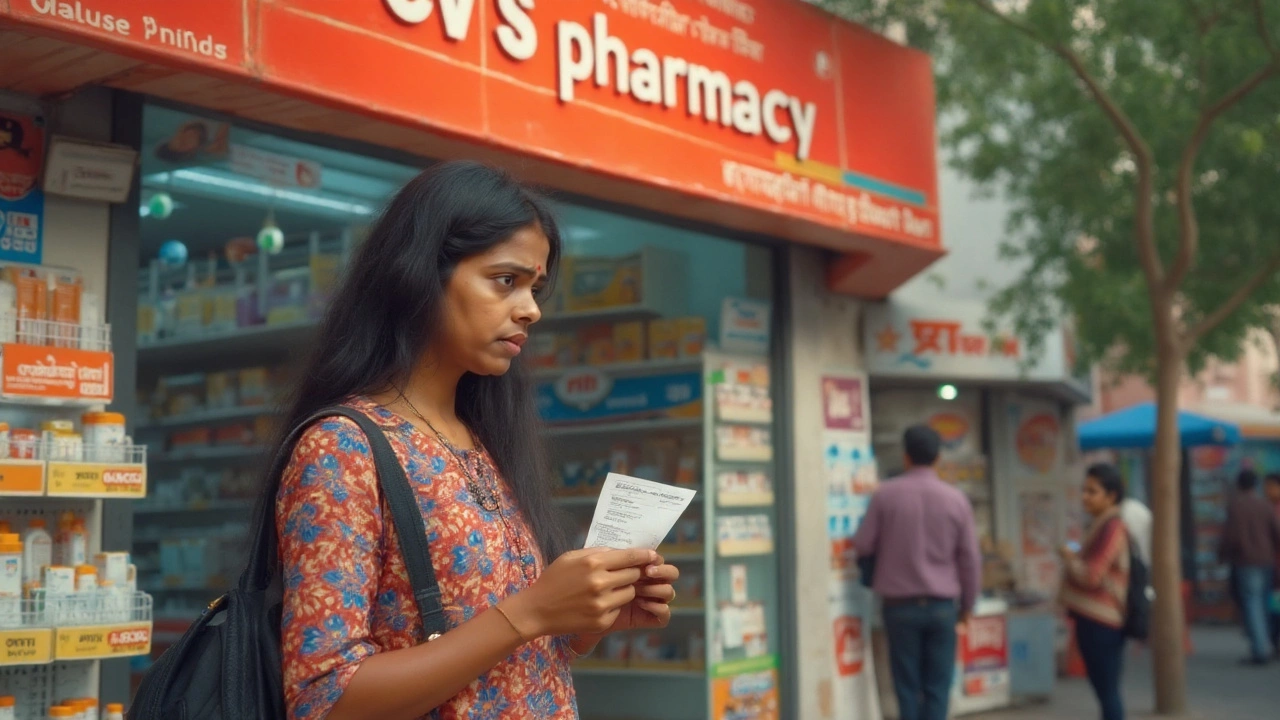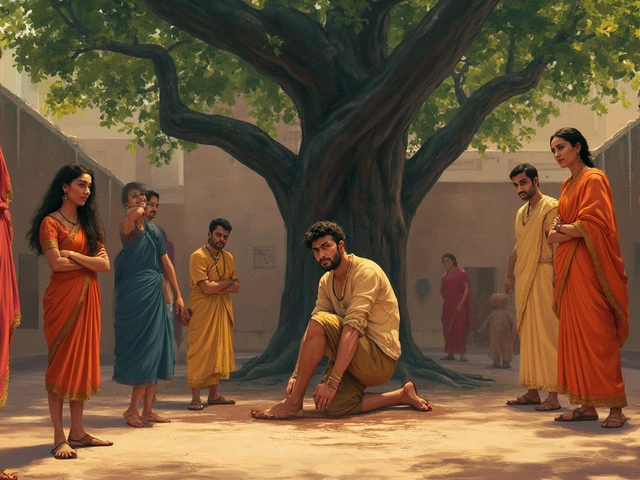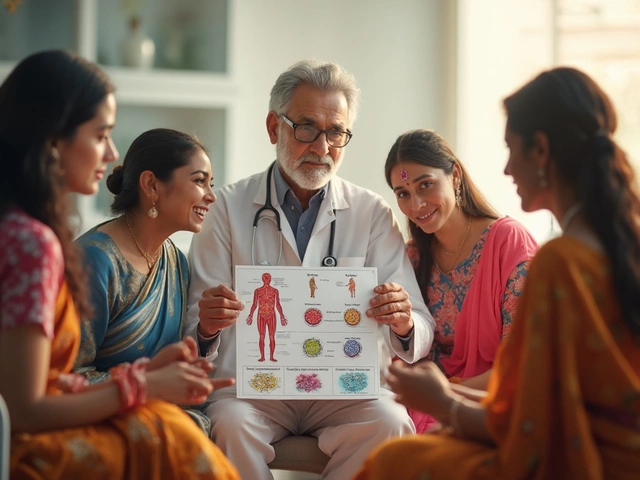USA Pharmacy: What You Need to Know About Prices, Safety, and Access
Thinking about filling a prescription in the United States? You’re probably wondering why costs jump so high and how to make sure the meds you pick are safe. The good news is the system isn’t as confusing as it looks once you get the basics down. Below we break down the biggest price drivers, the safety rules that keep your pills legit, and practical shortcuts to keep your wallet happy.
How US Pharmacy Prices Compare
First off, American drug prices are often higher than in many other countries. The main reasons are brand‑name patents, limited price negotiation by insurers, and the fact that pharmacies can charge different rates based on location. A brand‑name cholesterol pill that costs $150 in an urban chain might be $90 at a discount pharmacy a few towns over.
If you have health insurance, your plan usually negotiates a “formulary” list of preferred drugs. When a drug is on that list, you pay a co‑pay that’s often a fraction of the sticker price. If the drug isn’t covered, you’re looking at the full cash cost – which can be a shock.
One easy way to cut down the bill is to ask for the generic version. Generics have the same active ingredient, strength, and dosage form as the brand name, but they’re usually 80‑90% cheaper. Pharmacies are required by law to dispense the generic unless you specifically request the brand and are willing to pay the difference.
Another tip: use prescription discount cards or apps. These tools compare prices across nearby pharmacies and often slash the cost by 30‑50% for cash‑pay customers. It’s a quick check you can do on your phone before you head out.
Staying Safe with American Medications
Safety is a top priority in US pharmacies, thanks to strict oversight by the Food and Drug Administration (FDA). Every medication that reaches a pharmacy shelf has passed a rigorous approval process, and pharmacists are trained to spot counterfeit or expired products.
When you pick up a prescription, the pharmacist will verify the dosage, check for drug interactions, and answer any questions you have. Don’t shy away from asking them to explain side‑effects or why they chose a particular drug. A quick chat can prevent a lot of trouble down the road.
Online pharmacies are convenient, but they require extra caution. Look for a site that displays a valid state pharmacy license and a physical address. The National Association of Boards of Pharmacy (NABP) runs a verification program – check for the “VIPPS” seal before you buy.
If you travel across state lines, keep in mind that each state has its own rules about how many refills you can get without a new doctor’s order. Some states allow a 90‑day supply, while others cap it at 30 days. Knowing the local regulations can save you a surprise call from your pharmacy.
Finally, keep a list of your current medications handy, especially if you see multiple specialists. Sharing that list with each new pharmacist helps catch dangerous interactions early. It’s a simple habit that makes the whole system work smoother for you.
Bottom line: US pharmacies offer a lot of choices, but the key to getting the right meds at a good price is understanding insurance formularies, asking for generics, using discount tools, and staying engaged with your pharmacist. Armed with these tips, you can navigate the American pharmacy landscape confidently and safely.

Why Are CVS Pharmacy Prices So High? Real Reasons & Smart Ways to Save
Uncover the surprising reasons why CVS pharmacy is expensive and what you can do about high prescription drug costs. Get practical tips to save money at CVS.

Most Painful Bone to Break: Beyond the Obvious
Feb, 7 2025



